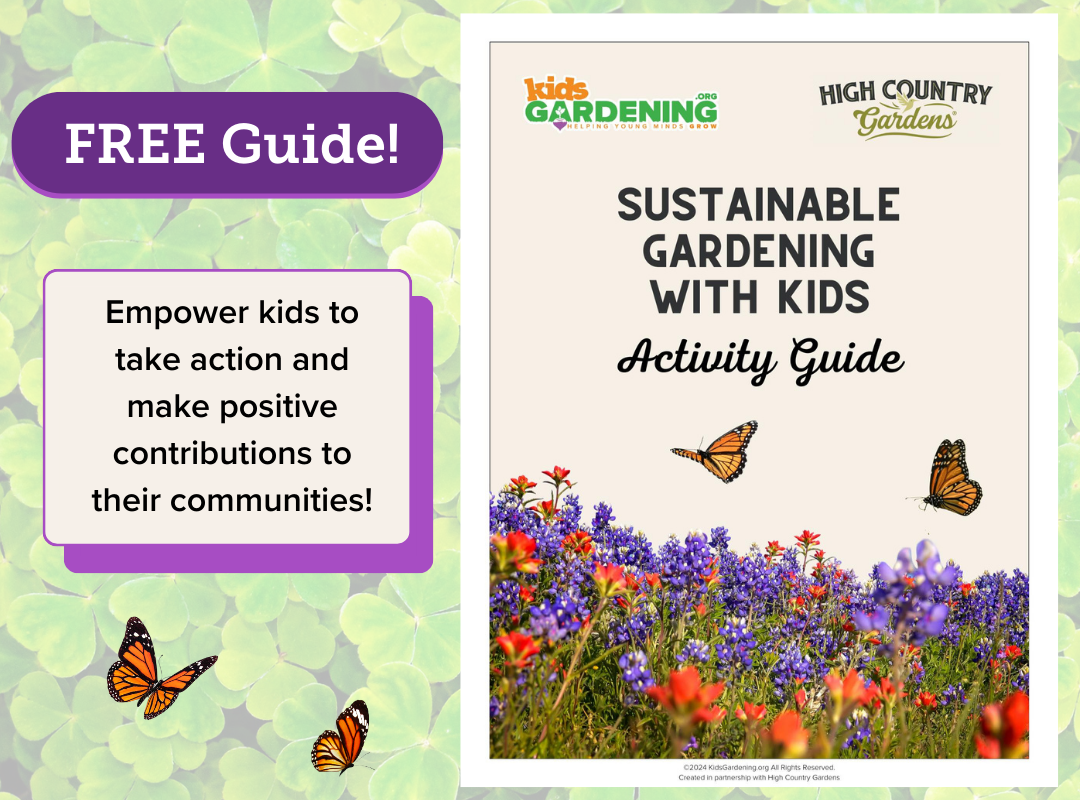The term hydroponics refers to ways of growing plants without soil. In soil-based gardens, plants get their nutrients from the soil (more specifically, from the moisture between the soil particles). In hydroponic gardens, the plant nutrients are dissolved in water, and that nutrient solution is delivered to plant roots in various ways, depending upon the system.
You can classify hydroponic setups into two groups:
- Those that allow the roots to grow directly into the nutrient solution, such as raft systems.
- Those that use a substrate material such as rock wool to anchor the roots, and this substrate is moistened periodically with the nutrient solution.
Different plants may grow better in one setup than in a different setup. For a detailed description of different kids of hydroponic systems, check out the Exploring Hydroponics Guide.
What to Grow?
If you’re new to hydroponics, easy-to-grow plants are your best bet. Not all plants thrive under hydroponic conditions, so if you try to grow harder to grow varieties, you may not be able to determine if plants are struggling due to being grown hydroponically or because of a problem with your hydroponic set up. Once you get to know your system, you can try growing some of their trickier kin.
Here are some considerations in choosing plants:
Plant weight. In a raft system, for example, plants grow in a nutrient-solution-filled basin with a lightweight (often Styrofoam), floating raft that holds the plants. Heavy plants would likely tip or sink a raft system.
Preferred root moisture levels. In many raft systems, plant roots grow right into the nutrient solution. That works for some plants, such as lettuce, but would be tough on rosemary or thyme that prefers the soil to dry between waterings.
Ideal growing temperature. Cool-seasons crops like spinach and lettuce will struggle to germinate and grow in a hot room. Basil and tomatoes, on the other hand, love the heat.
Supplemental light. Some greens and herbs will grow on a windowsill, but most crop plants prefer more light. Basil and fruiting plants such as tomatoes demand bright light to produce well.
Good Starter Crops
Lettuce
Although it germinates and grows quickly, lettuce prefers cool temperatures. If your set-up is in a room that stays cool (between 55 and 65 degrees), lettuce should thrive for you. The many different types, sizes, and colors of lettuce invite artistic planting plans. Lettuce grows well in all types of hydroponic systems. It takes up relatively little space, and the harvest starts sooner than most other crops.
Chard
This nutritious green is experiencing a renaissance, perhaps due to the popularity of rainbow chard, with its brightly colored stems and contrasting leaves. The plant is easy to grow, relatively pest-free (except the occasional powdery mildew), and can be harvested over a long season. You can harvest up to 70% of a plant, cutting the largest leaves at the lowest part of the stalk; however, always leave a quarter to a third of the plant so it can continue growing. Like lettuce, chard prefers temperatures on the cool side.
Kale
Kale is another nutrient-dense, easy-to-grow leafy crop that’s ideal for hydroponic growing. There are many types, and all can be harvested when the leaves are small and tender — perfect in salads. Or you can wait until the leaves reach their mature size. Like its leafy friends above, kale prefers cool temperatures.
Tomatoes
Always a favorite of gardeners, tomatoes are a popular hydroponic crop. There’s a variety for every situation — from super-tall indeterminate varieties to hanging-basket-sized plants. Proper support is critical, because the plants will get top-heavy as fruit begins to develop. Tomatoes require heat and high light levels to grow vigorously and produce fruit.
Cucumbers
Like tomatoes, cucumber plants crave heat and light. Check varieties carefully, because there are bush-shaped varieties as well as vining types. Provide sturdy support for vines.
Beans
Beans, with their large, easy-to-handle seeds and fast germination, are a favorite for getting kids excited about hydroponics. As with cucumbers, there are bush beans and pole (vining) varieties.
Basil
Basil thrives in hydroponic systems and is a popular choice for its aromatic leaves. The plants need plenty of light, and they adapt well to a raft systems. Pinching or clipping off the growing tips encourages branching. The plant can be harvested many times over a growing season.
Peppers, okra, and strawberries are a few additional plants to try. Hydroponics offers so many scenarios for trying new plants and comparing growth in different set-ups, it’s a gold mine of opportunities to get kids excited about growing.



